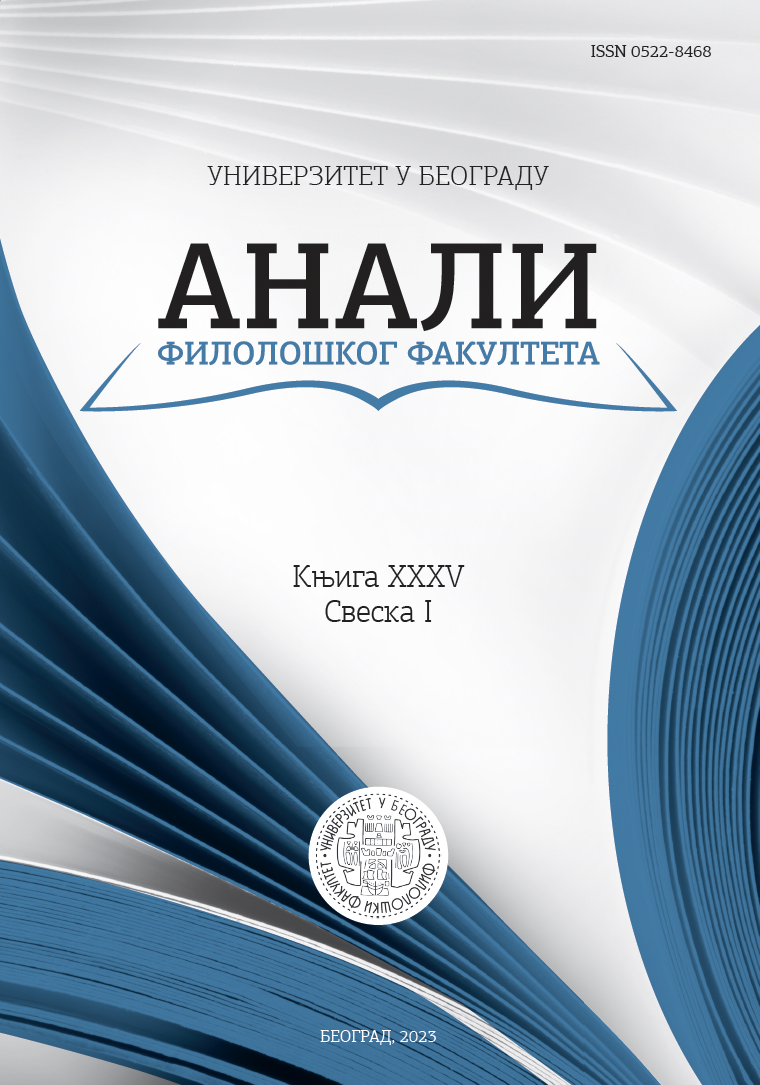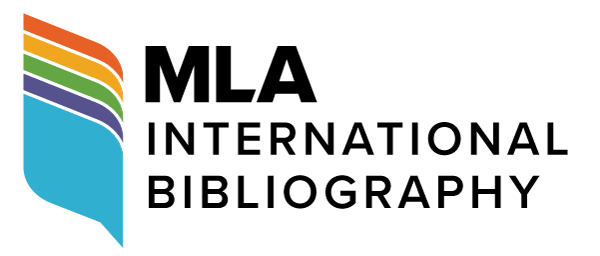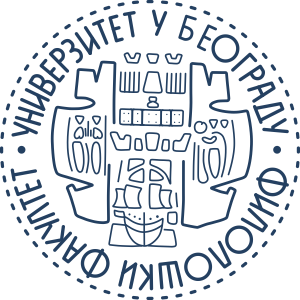A Phonological Contrastive Analysis of Persian and Serbian
DOI:
https://doi.org/10.18485/analiff.2023.35.1.8Кључне речи:
contrastive analysis, phonological structure, Persian learning errors, Persian, SerbianАпстракт
One of the primary and crucial steps in teaching or learning a second language is the initial familiarization of adult learners with the major structures of the target language, i.e., its phonological, morphological, syntactic, and semantic features. To this end, contrastive analysis (CA) can help learners gain a good understanding of the linguistic similarities and differences between two languages. Persian and Serbian both belong to the Indo-European language family, and although some similarities can be found between the two languages, there are also significant differences in their structures. In this paper, the phonological system and syllable patterns of Persian and Serbian are reviewed and compared to determine which phonemes are present in Persian that are absent in Serbian and to investigate the challenges that Serbian learners of Persian face in producing the unique Persian phonemes. The paper also presents and discusses some examples of phonological errors made by Serbian learners that can be reflected and identified in orthography, using the Salam Farsi Learner Corpus. The results of the study can be used by researchers in theoretical linguistics and especially by instructors of Persian for Serbian learners.
Downloads
Downloads
Објављено
Број часописа
Рубрика
Лиценца

Овај рад је под Creative Commons Aуторство-Дели под истим условима 4.0 Интернационална лиценца.
Authors who publish with this journal agree to the following terms:
- Authors are confirming that they are the authors of the submitting article, which will be published (print and online) in the journal Anali filološkog fakulteta by the Faculty of Philology, University of Belgrade (Faculty of Philology, Studentski trg 3, 11000 Belgrade, Serbia). Author’s name will be evident in the printed article in the journal. All decisions regarding layout and distribution of the work are in hands of the publisher.
- Authors guarantee that the work is their own original creation and does not infringe any statutory or common-law copyright or any proprietary right of any third party. In case of claims by third parties, authors commit their self to defend the interests of the publisher, and shall cover any potential costs.
- Authors retain copyright and grant the journal right of first publication with the work simultaneously licensed under a Creative Commons Attribution-ShareAlike 4.0 International License that allows others to share the work with an acknowledgement of the work's authorship and initial publication in this journal.
- Authors are able to enter into separate, additional contractual arrangements for the non-exclusive distribution of the journal's published version of the work (e.g., post it to an institutional repository or publish it in a book), with an acknowledgement of its initial publication in this journal.
- Authors are permitted and encouraged to post their work online (e.g., in institutional repositories or on their website) prior to and during the submission process, as it can lead to productive exchanges, as well as earlier and greater citation of published work.





